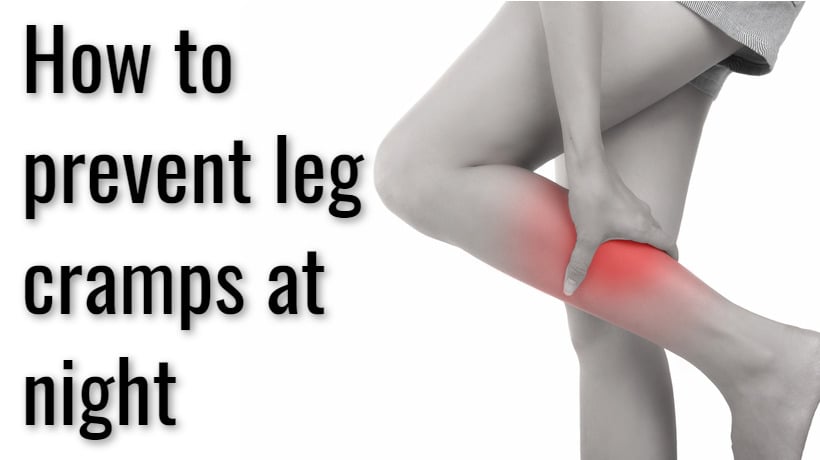If you’re someone who has experienced the painful spasm of a leg cramp, then you’re not alone. According to Cleveland Health Clinic, up to 60% of adults are afflicted by these uncomfortable muscle contractions. These “charley horses” can interrupt you day-to-day, making it difficult to do basic activities like sleep and exercise.
Although there is often no definable cause for leg cramps (these cramps are known as “idiopathic cramps”), sometimes they can be a symptom of an underlying health issue. Potential causes of idiopathic cramps include:
- Involuntary nerve discharges
- Restriction in the blood supply
- Stress
- Too much high-intensity exercise
- Pregnancy
- Sitting for long periods of time
- Muscle overuse
- Standing or working on hard floors (ex: concrete)
- Sitting improperly
If you’re a victim of these painful muscle spasms, here are some ways to help ease your pain and tips to prevent future cramps from occurring:
Hydration
One of the biggest causes of leg cramps is dehydration. Many health experts recommend drinking eight eight-ounce glasses of water daily, roughly 2 liters or half a gallon. Cleveland Health Clinics suggests one way to check if you’re getting enough water is by checking the color of your urine. Typically, the goal should be to keep your urine clear; if you notice that your urine color is dark yellow, this sign may indicate that you need to increase your water consumption.
Additionally, limiting your intake of dehydrating beverages, such as alcohol and caffeine; and eating plenty of water-filled fruits and veggies can help keep your body hydrated all day long.
Exercise care
Another major cause of leg cramps can be overexertion. Make sure that you’re wearing the correct footwear, and stretching before and after exercising. Although it may feel tedious, stretching is an important part of warming up your muscles to avoid injury and to prevent cramping during or after your workout.
Specifically, there is one stretch that can help prevent cramping in your legs. Stand about 2 to 3 feet away from a wall, then lean forward, pressing your palms against the wall while keeping your heels pressed against the ground. Hold this tilt for about five to 10 seconds, then relax. Repeat this stretch for up to five minutes at a time about three times a day.
Bedtime Prep
There are preventative measures you can also take in your nighttime routine to avoid cramping in the middle of the night. Family physician Dr. Goldman suggested taking a light walk or doing some slow, simple stretching right before bed. Not only can this help your body relax, but it can also loosen your muscles to prevent them from cramping up.
Additionally, adjusting your sleep position may help keep your legs from cramping. If you sleep on your back, Dr. Goldman suggests using pillows to keep your toes pointed upwards. If you prefer to sleep on your stomach, you can try hanging your feet off the edge of the bed.



